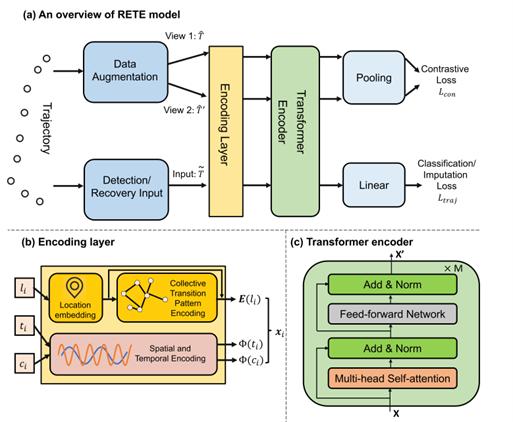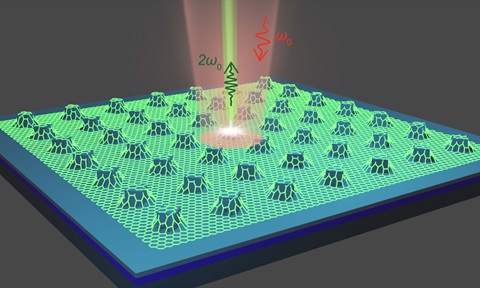
A Two-Stage Trajectory Enrichment Framework
Synopsis
This invention presents a two-stage framework designed to recover sparse trajectories from unknown recovery positions, improving the quality of trajectories to enhance mobility services for telecommunications companies.
Opportunity
The proliferation of trajectory data has facilitated various applications in urban spaces, such as travel-time estimation, traffic monitoring, and flow prediction. These applications require a substantial volume of high-quality and dense trajectories to achieve effective performance. Unfortunately, many real-world trajectories are collected in unsatisfactory quality due to device constraints. Previous studies have proposed numerous trajectory recovery methods to augment the quality of such trajectories, ensuring the performance of related applications. However, these methods often assume awareness of the recovery positions in advance, which is not always available. This new framework discards this strong assumption and focuses on trajectory recovery with irregular time intervals—a prevalent setting in cellular trajectories. This approach benefits the data quality in telecommunication companies for further analytical tasks, enhancing mobility services.
Technology
The proposed two-stage pipeline, consisting of a detection stage and a recovery stage, aims to improve trajectory recovery. The detection stage identifies the recovery positions for given trajectories, while the recovery stage generates predictions for the missing data points at each recovery position. Built on the Transformer encoder, this framework formulates the recovery process as a pipeline of classification followed by imputation. The Transformer encoder is enriched with a novel time- and distance-encoding module based on learnable Fourier features, which can model continuous intervals without pre-defining any embedding vectors. To better capture sequential transition patterns, a global location transition graph is constructed, and graph neural networks are adopted to encode spatial proximity. Additionally, trajectory contrastive learning distinguishes trajectory variants with the same underlying route from those on different routes. These techniques integrate to form the Recovery Enhanced Transformer Encoder (RETE)—a unified backbone model requiring minimal modifications in the last layer to fulfil each stage effectively.

Figure 1: Pipeline illustration of the framework.

Figure 2: Model architecture at each stage.
Applications & Advantages
Main application areas include travel-time estimation, traffic monitoring and flow prediction.
Advantages:
- Improves data quality for analytical tasks in telecommunications and urban planning.
- Addresses low-quality trajectory data due to device limitations.
- Effectively handles trajectories with irregular intervals, common in cellular data.
- Utilises a two-stage pipeline with a Transformer encoder enriched by novel encoding modules.
- Enhances model versatility with a global location transition graph and trajectory contrastive learning.



.tmb-listing.jpg?Culture=en&sfvrsn=3b74ec1c_1)


.tmb-listing.jpg?Culture=en&sfvrsn=414f0d90_1)








